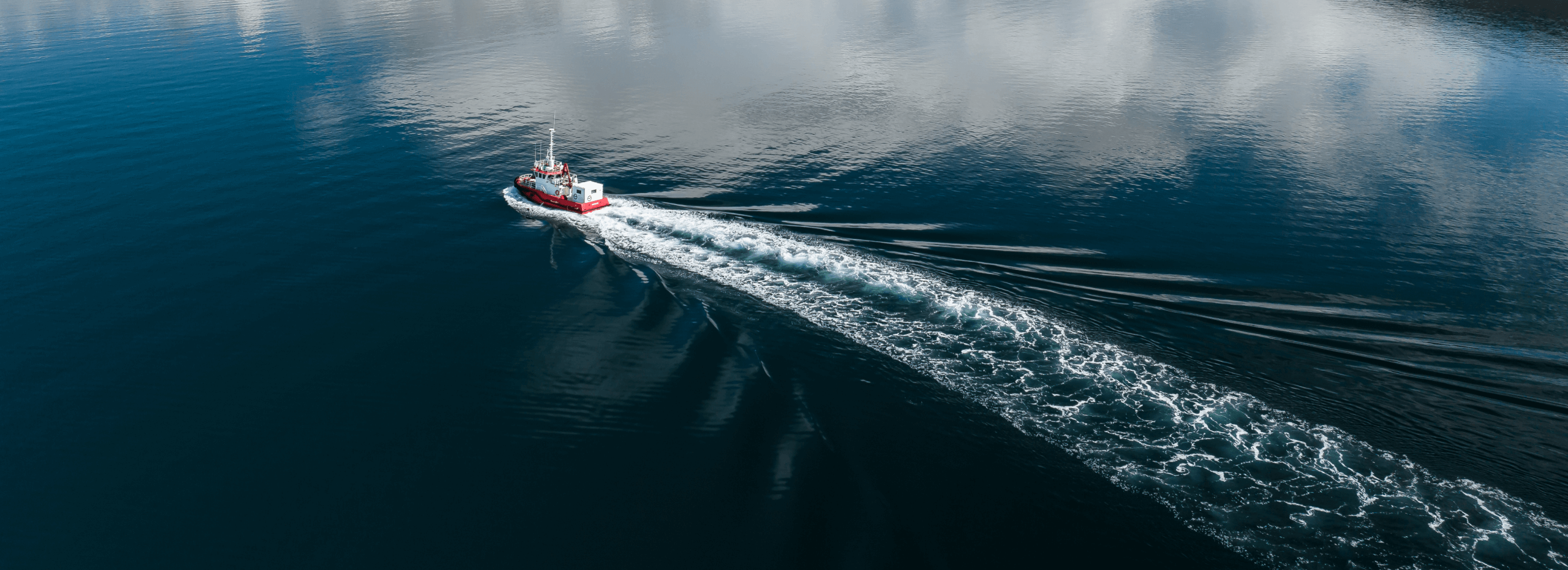
Field Research Sites
We are building a global network of field research sites to advance our understanding of OAE in real-world environments.
What We’re Doing
Field research is the essential missing piece to understand how the underlying principles behind OAE can be practically applied and measured.
Foundational research suggests that raising the alkalinity of seawater in most areas will eventually lead to carbon removal that is stable for thousands of years, in most areas. However, this knowledge is only the beginning.
What can field research teach us?
Well-coordinated field research can accelerate answers to important questions about how OAE behaves within the context of a dynamic ocean.
Field research seeks to answer important scientific, technical, and social questions about OAE’s viability:
What is the most effective method for raising alkalinity and how can we increase certainty that carbon removal has taken place?
What are the risks and benefits to ecosystems?
Where can OAE be successfully applied?
How can we best engage communities and support decision-making around OAE?
Why create field research sites?
Ocean science in the field is a complicated and expensive endeavor, which draws on a wide range of experts in ocean modeling, engineering, physics, biology, policy, and community engagement. It also requires specialized infrastructure, long-term baseline data collection and focused leadership.
Strategic research can increase the quantity and quality of field data by reducing the logistical and financial burden of field research. The impacts of research investments can benefit many teams and increase the pace of learning.
Carbon to Sea’s field research network aims to create greater coordination, efficiency, and cohesion between experiments in multiple ways:
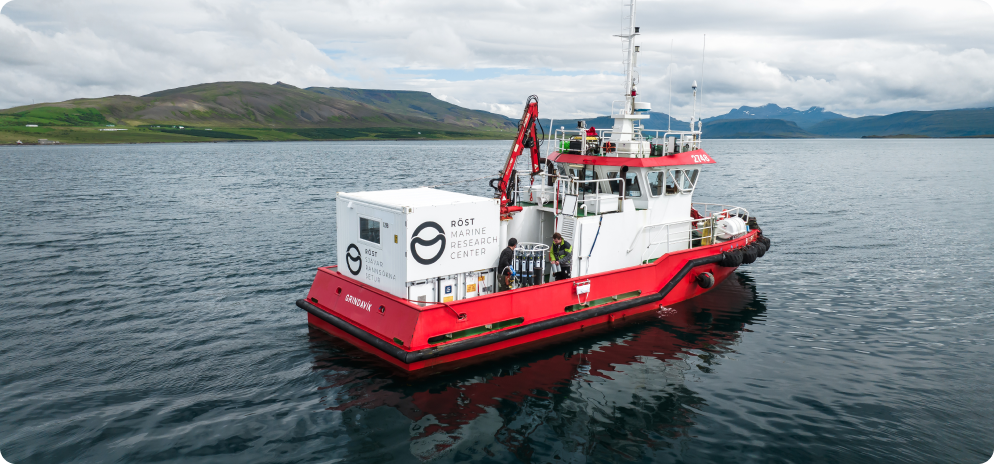
Hvalfjörður, Iceland
Iceland’s natural fjord coastline is not just strikingly beautiful, but offers a uniquely suitable environment for ocean science research. The high winds and cold waters are conducive to the air-sea-gas exchange necessary for carbon removal, while the natural sheltering of the fjords improves the ability to take important scientific measurements.
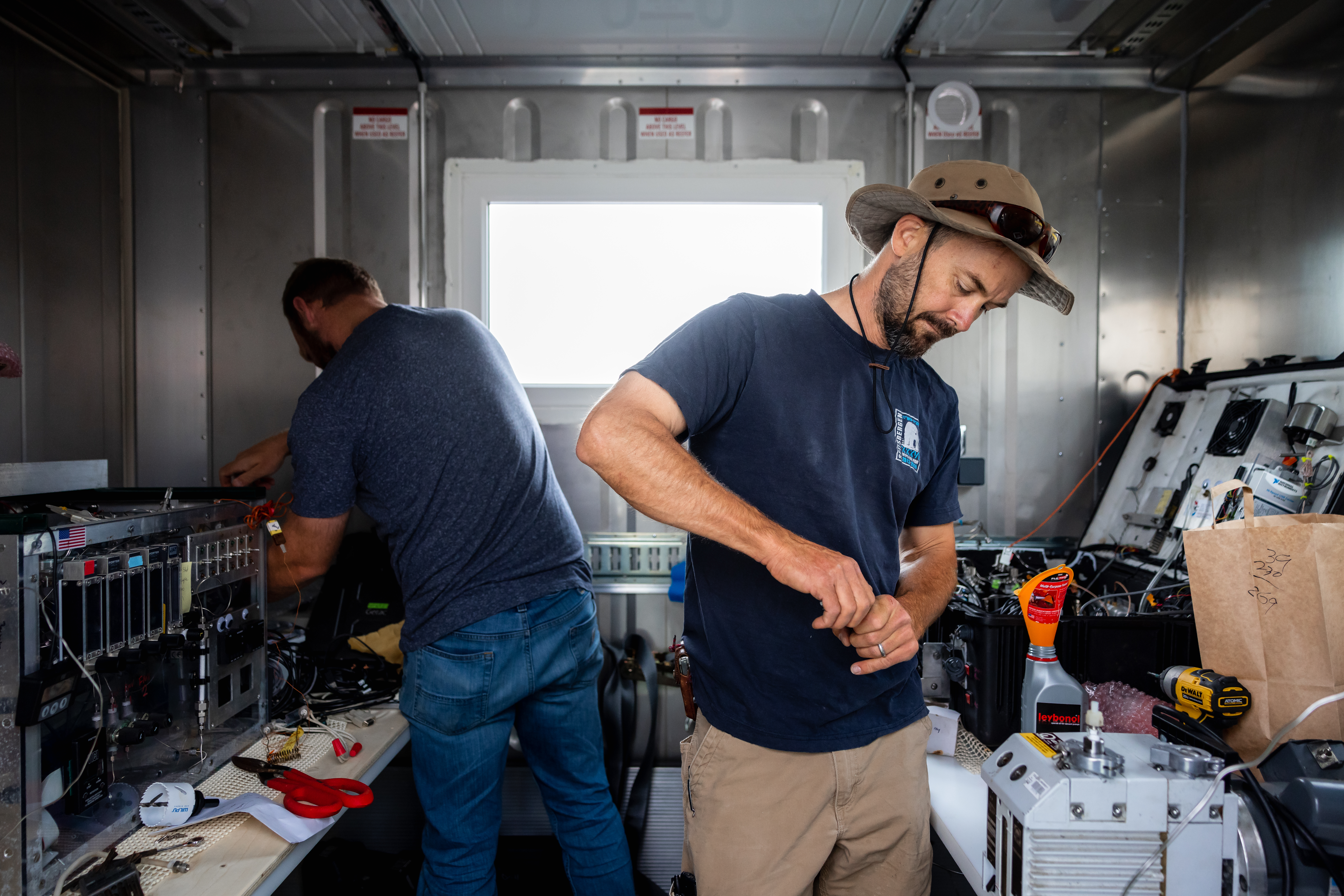
Together with Icelandic partner Transition Labs, we evaluated 14 potential research locations against a set of criteria which included presence of sensitive habitats, zoning conflicts, access to port infrastructure, baseline data and local interest to support research. Hvalfjörður stood out as an excellent site among many.
Our field research efforts in Iceland are led by Röst Marine Research Center, under the leadership of Salome Hallfreðsdóttir. Röst is locally owned and operated in collaboration with Transition Labs, with funding provided by Carbon to Sea.
After a competitive RFP process and expert panel proposal review, The Marine and Freshwater Research Center of Iceland was selected as an independent research partner to conduct a robust, year long baseline data collection regime.
The scope covers physical, biogeochemical and biological data collection and includes sensor-based and vessel-based sampling throughout the year to provide essential data against which future trials can be designed and measured.
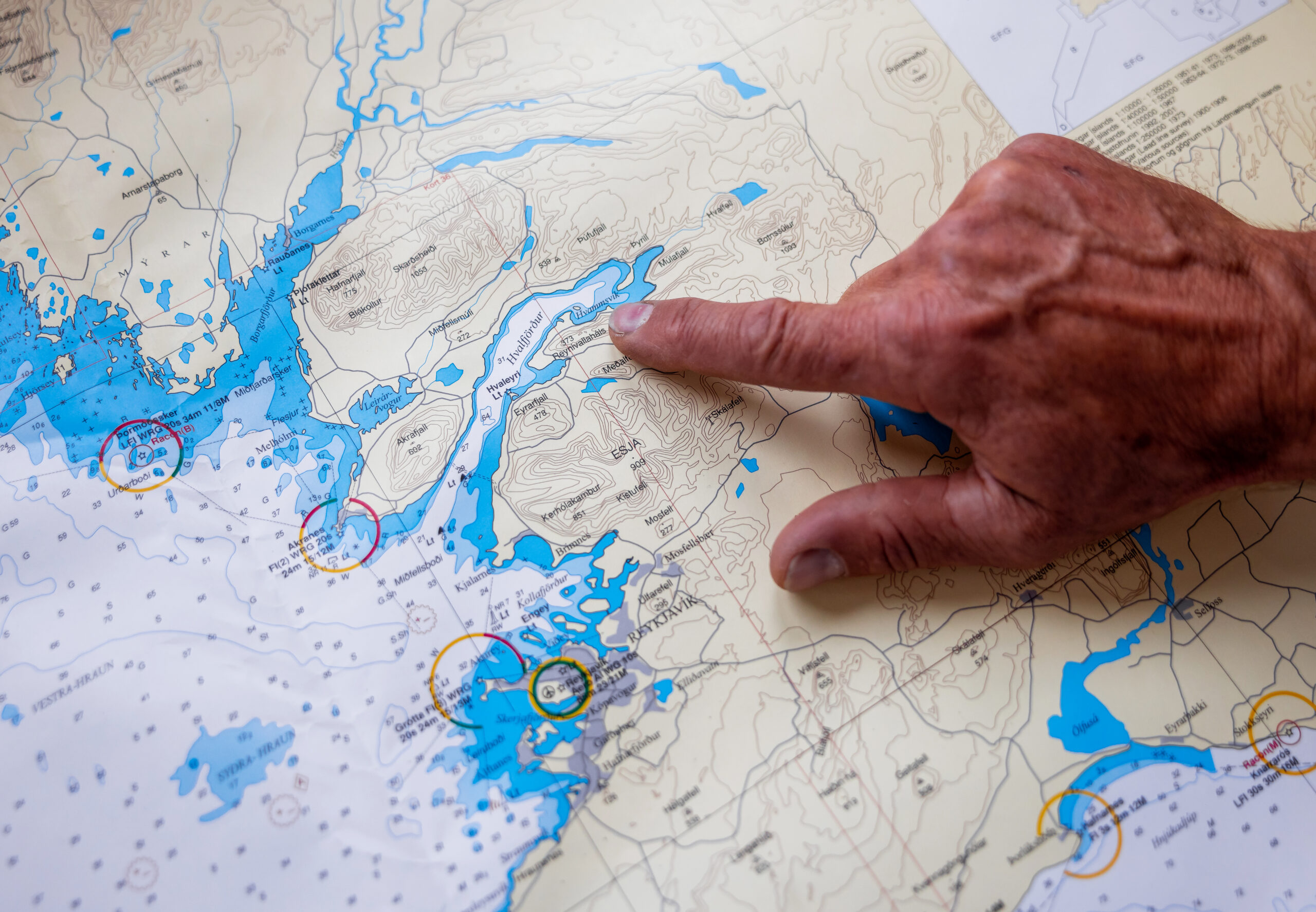
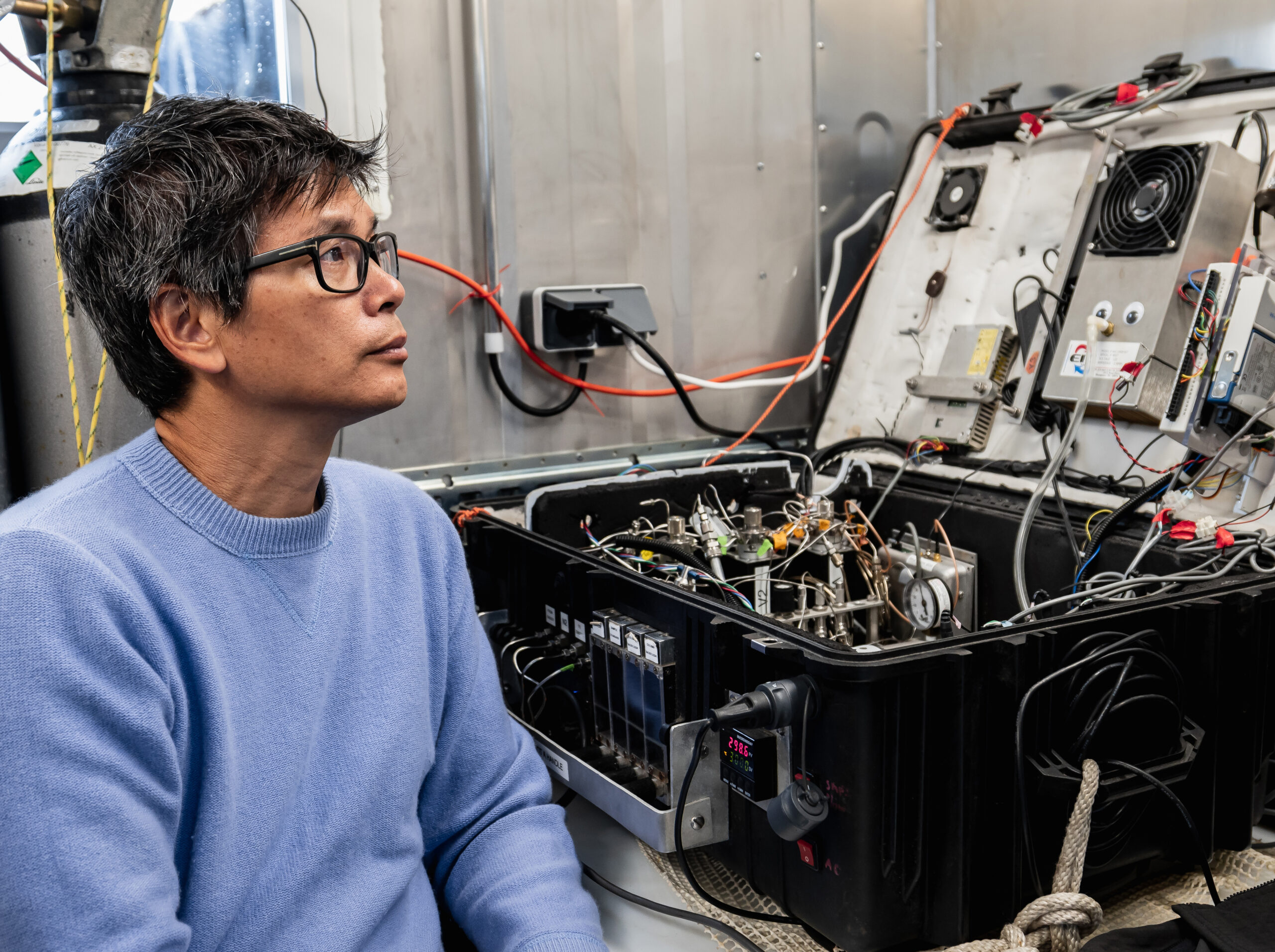
Foundational research has already begun at this site. In July 2024, [C]Worthy led a Dual Tracer study to help us validate their regional ocean model and collect important data to understand how gasses exchange between the atmosphere and ocean surface. This will improve future efforts to measure and monitor the site.
This site will continue to serve as a research and development hub for researchers across the globe to advance the science of OAE in a closely-monitored, real-world environment.
Our Partners in Iceland




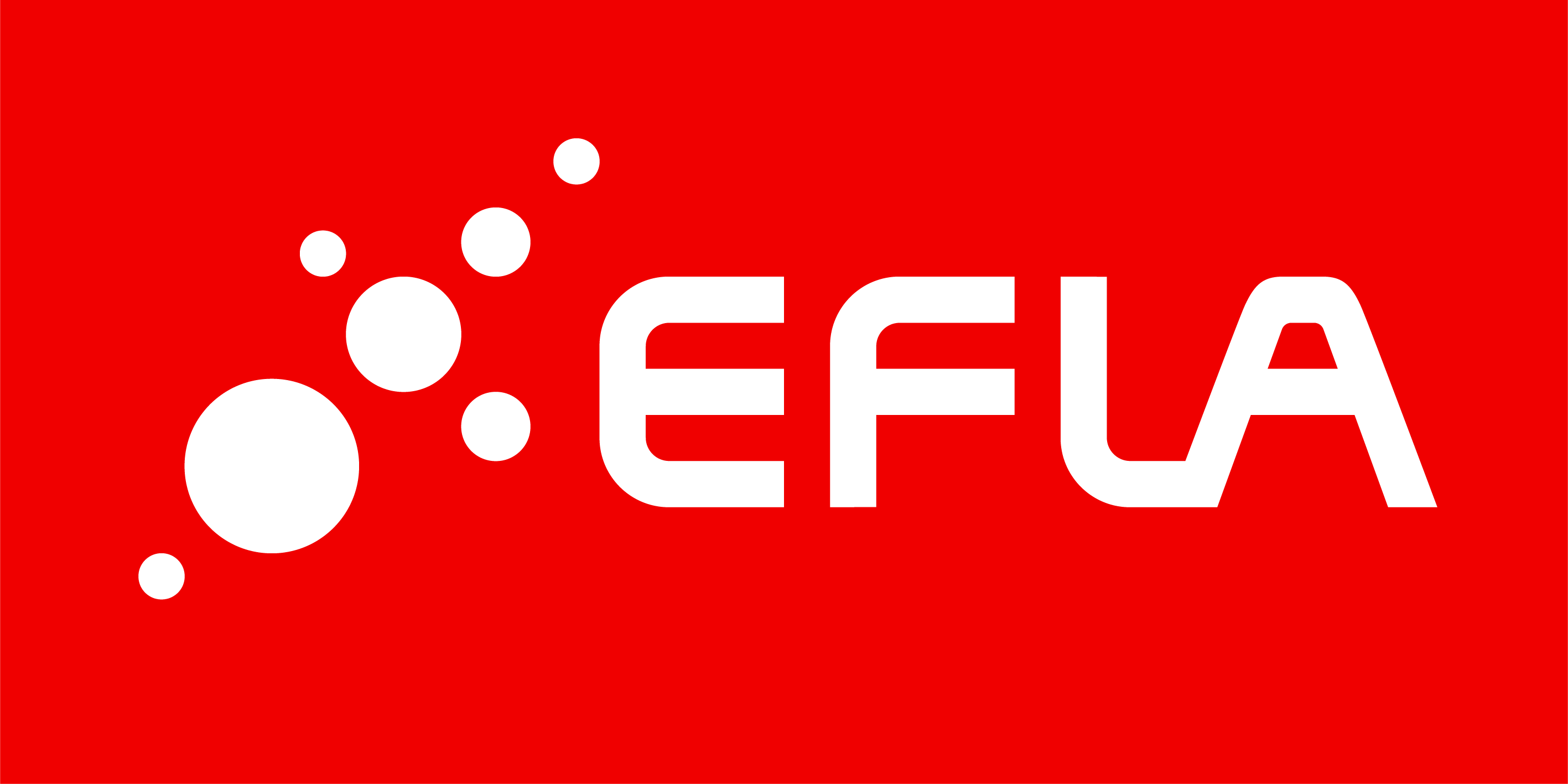
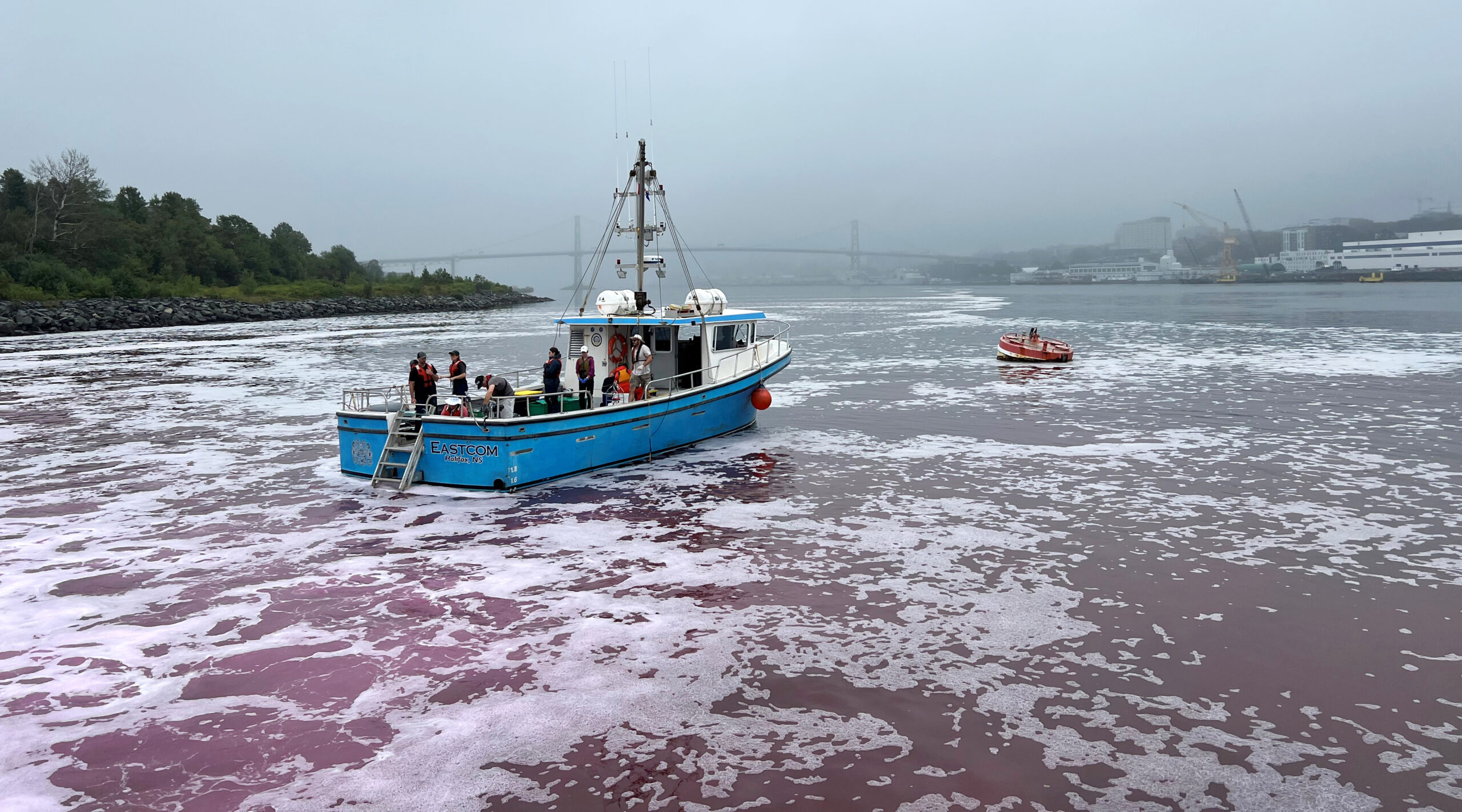
Halifax, Canada
In Halifax, Nova Scotia, Carbon to Sea is proud to support groundbreaking science led by researchers from Dalhousie University and Planetary Technologies.
Halifax stands out for its outsized impact on ocean science and climate innovation, hosting many “firsts” from within its thriving ocean climate ecosystem.
This collaboration has yielded first-in-kind findings about the ability to observe and model the impacts of alkalinity addition.
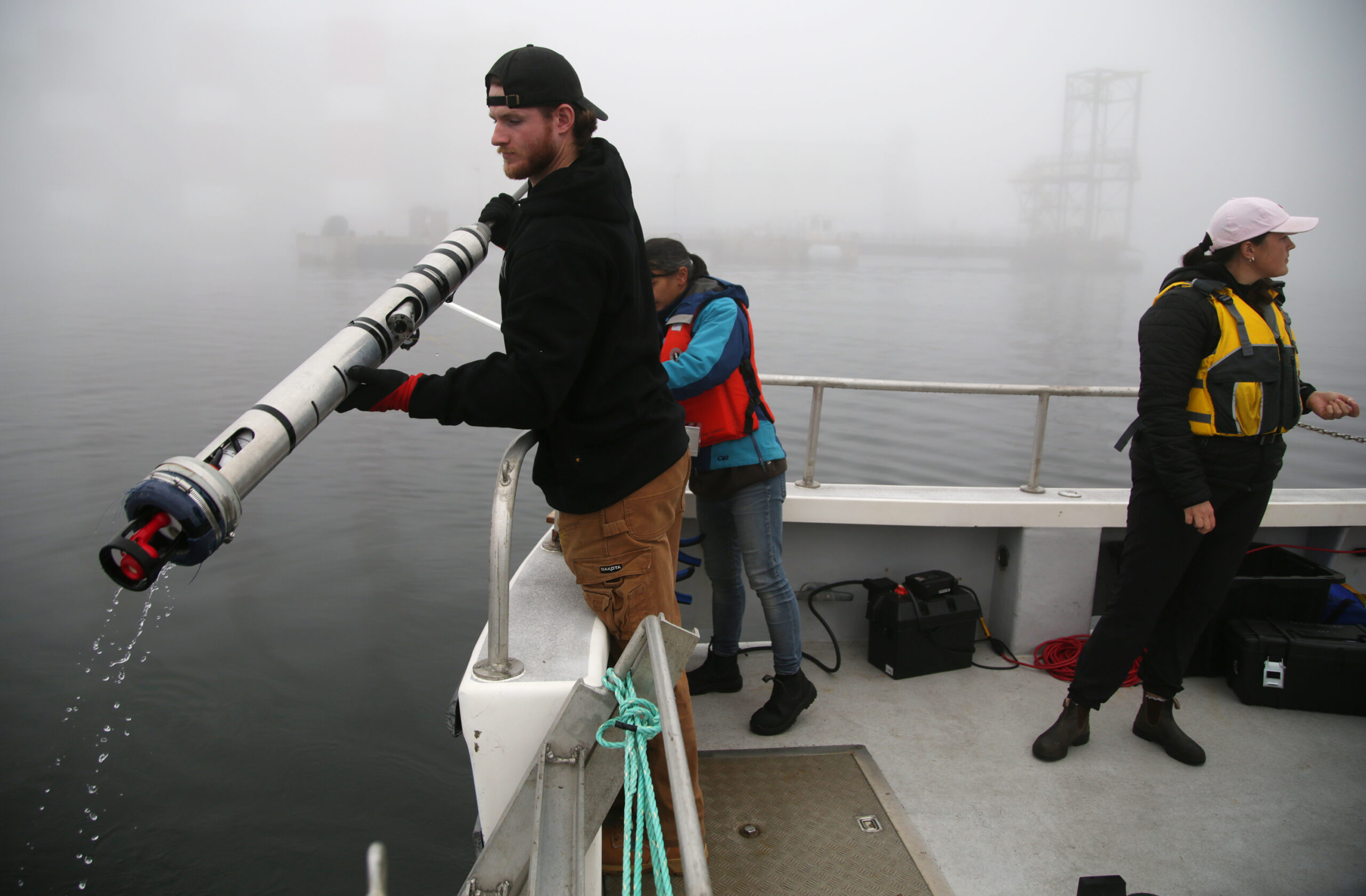
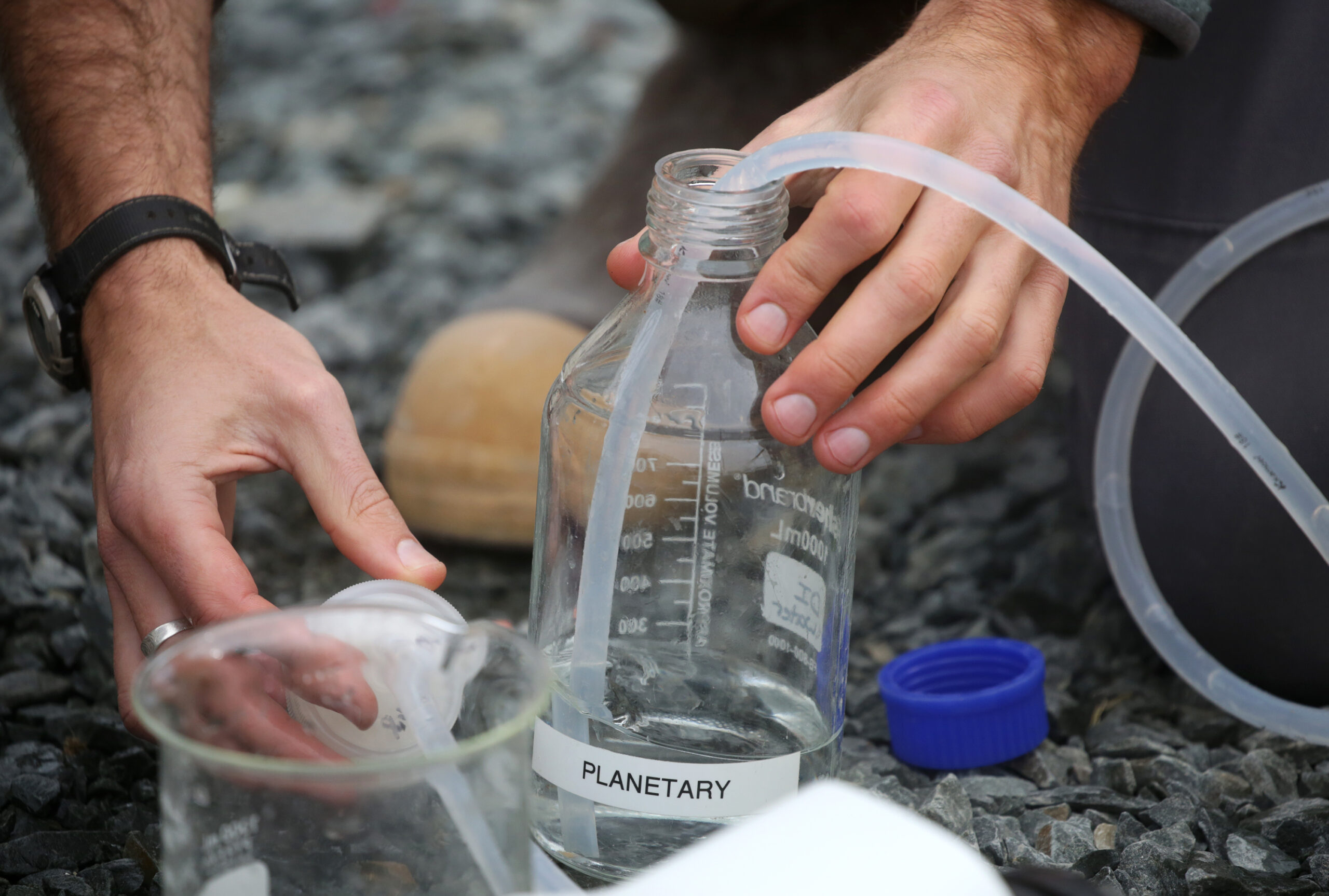
In 2023, this team conducted the first OAE field trials in Canadian waters and built powerful regional ocean modeling to forecast oceanographic conditions in support of future field research.
Carbon to Sea’s work in Halifax is led by our General Manager of Canada, Miriam Zitner, in collaboration with local institutional partner, COVE.
We are engaging with government, Indigenous, and private sector leaders in Halifax to forge new models to support and govern climate R&D.
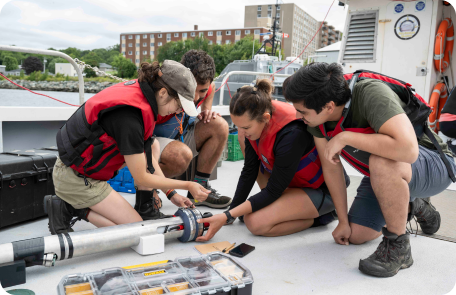
Our Partners and Grantees in Canada

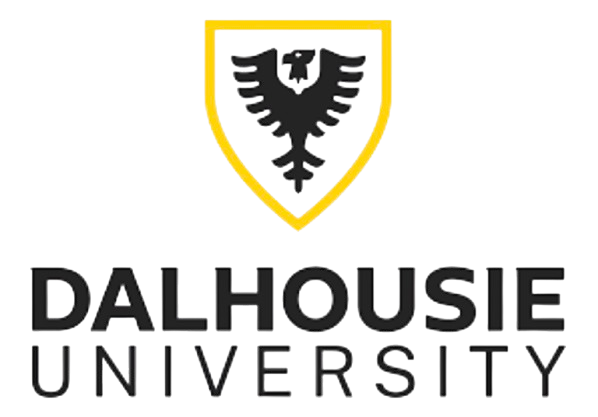


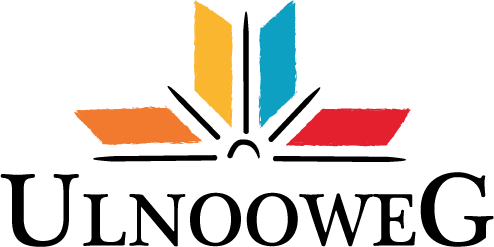
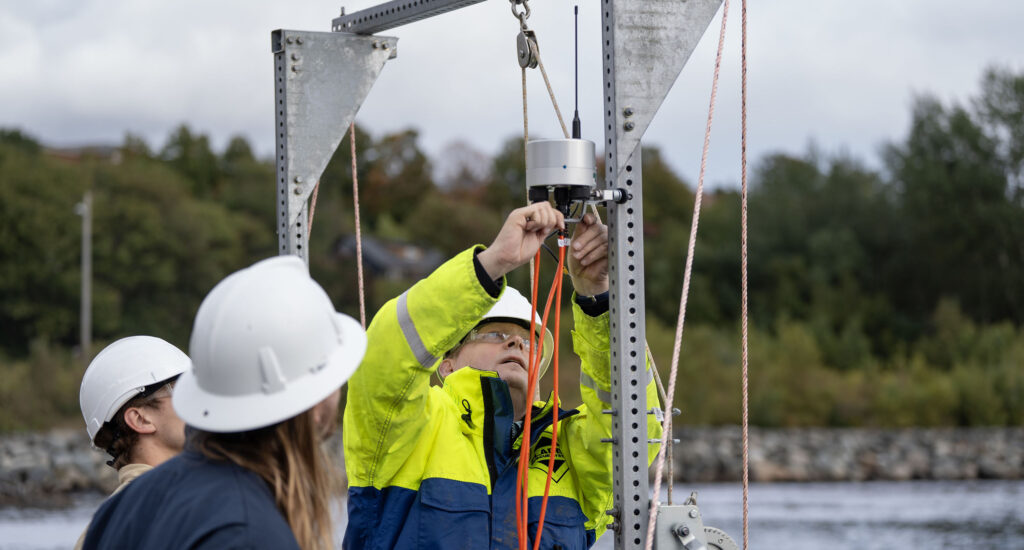
Joint Learning Opportunity
In Halifax, Carbon to Sea partnered with COVE to pilot a new, flexible funding mechanism to build on the collaboration between Planetary and researchers from Dalhousie University. The Joint Learning Opportunity invites additional research teams to learn alongside existing teams and maximize the opportunity to test, trial and observe the alkalinity addition.
In 2024, these programs included studying the nearby benthic environment, monitoring of environmental DNA, deployment of new sensors, and Indigenous community engagement.
The opportunity brings together philanthropic, private sector, and academic partners to accelerate learning and minimize the logistical and financial hurdles that scientific research programs sometimes face.
Recent Field Research Updates
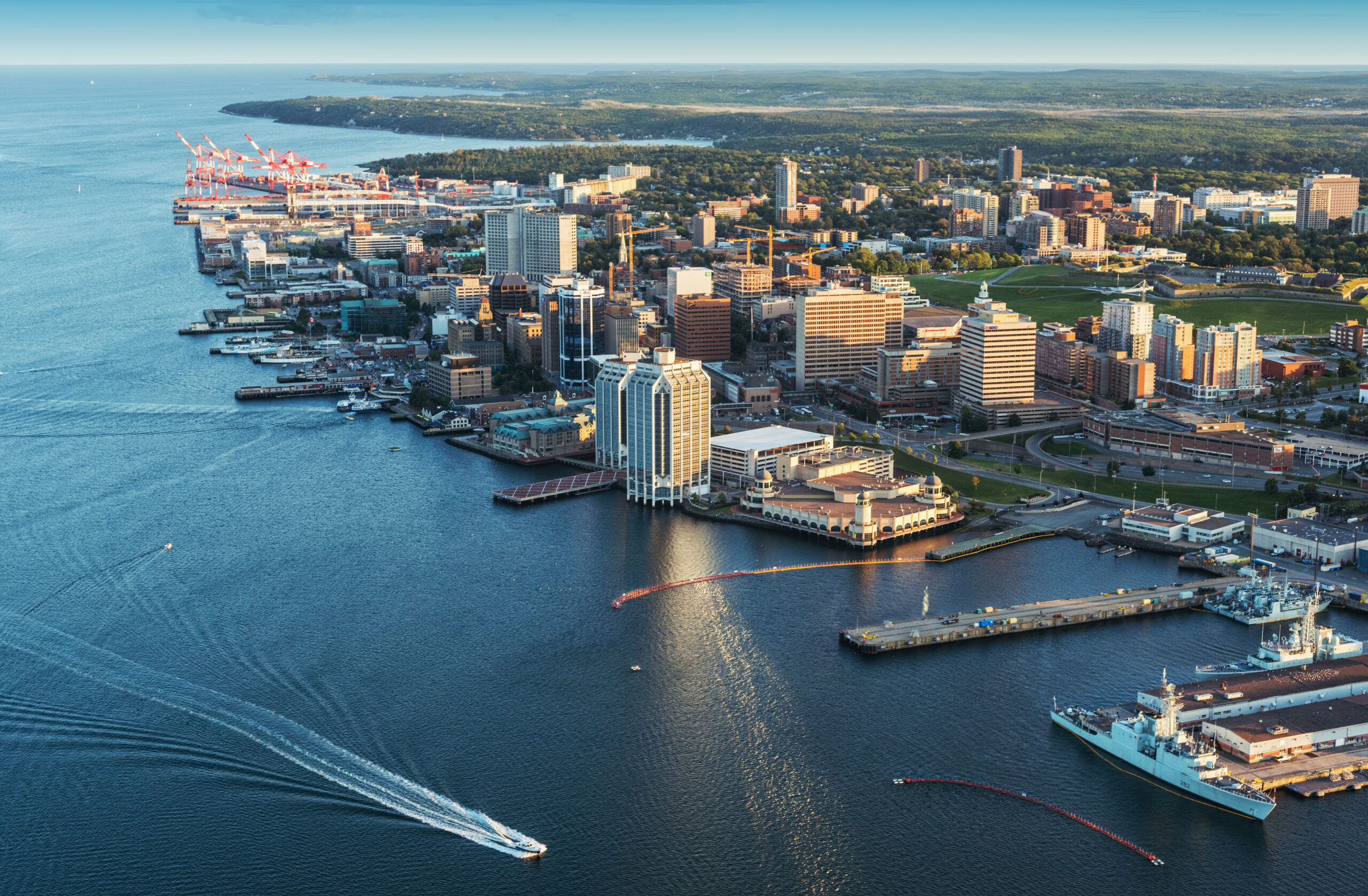
06/27/2025
Carbon to Sea Initiative and MEOPAR agree to invest $4M to support R&D in Canada, focused on ocean-based carbon dioxide removal solutions
- Canada
- Foundational Research
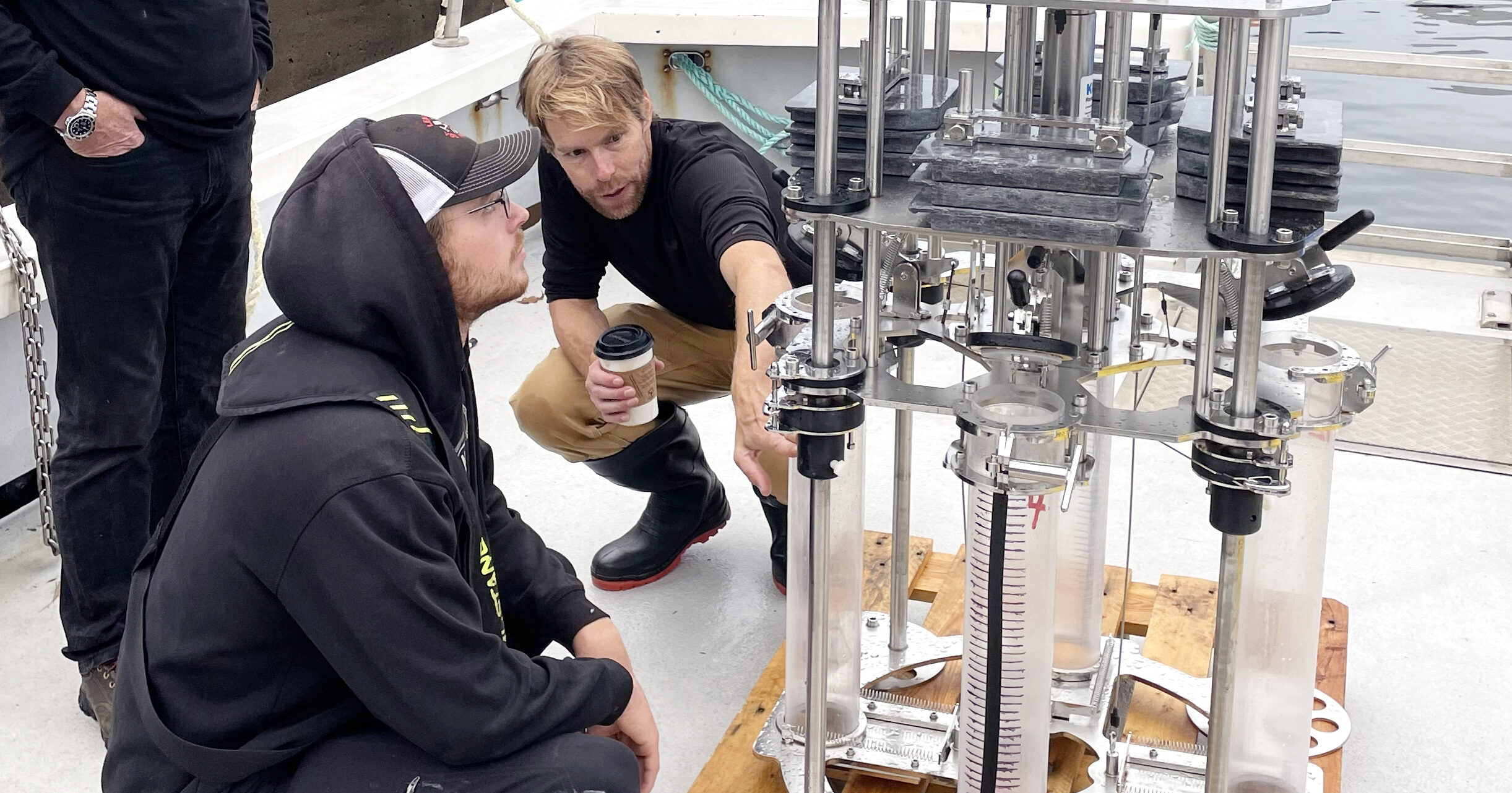
04/23/2025
Dr. Chris Algar conducts foundational field research to advance OAE in Halifax
- Canada
- Field Research Sites
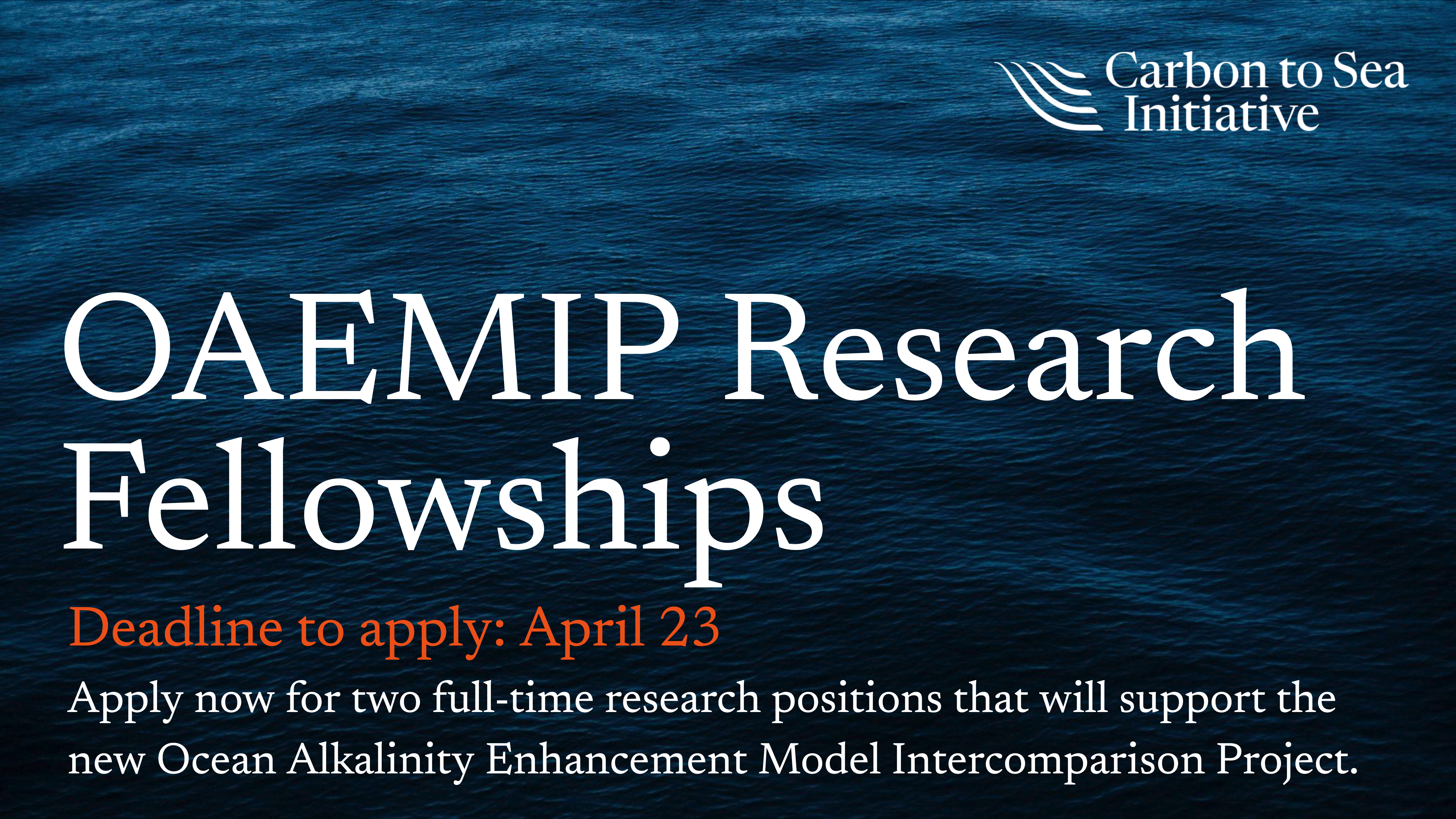
03/24/2025
Applications Now Open for Two Ocean Alkalinity Enhancement Model Intercomparison Project (OAEMIP) Research Fellows
- International
- Foundational Research